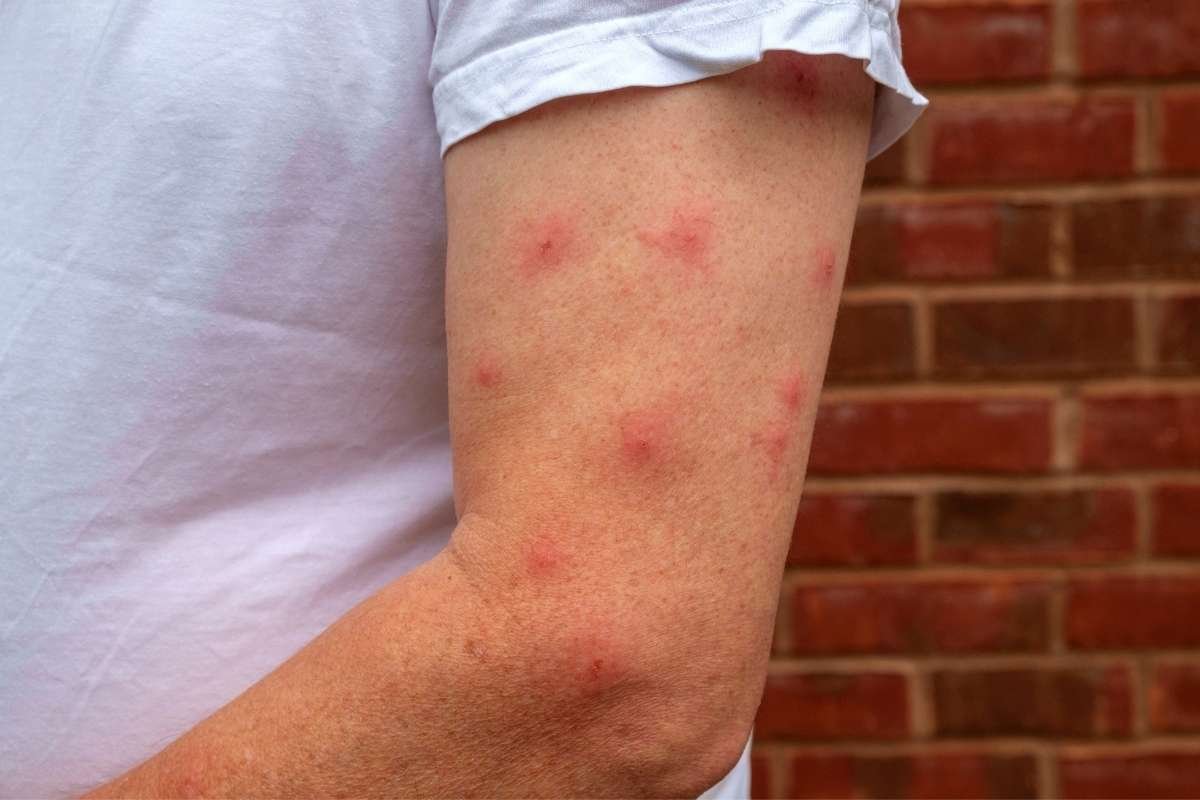In this article, we’ll be discussing common Myths about Pet care. With recent dog food and treat recalls many pet owners are becoming more aware of what they’re feeding their furry friends. As pet owners, it’s important to separate fact from fiction when it comes to our pets’ health. That’s why we asked Shelly Rubin, VMD, emeritus director of Blum Animal Hospital in Chicago and former president of the Illinois State Veterinary Association, to debunk common myths about pet care and help us keep our pets safe and healthy.
Here are 10 Myths about Pet care debunked;
1. Cats need milk.
Although many of us may conjure up a charming vision of a cat lapping a cup of milk, avoid the urge to provide this in real life. Since cats and dogs lack the capacity to properly break down lactose in dairy, ingesting it may result in diarrhea, vomiting, and other problems. Invest in a cat water fountain to keep your cat hydrated; cats are naturally attracted to flowing water. (This is why they are often spotted lapping up water under a leaking faucet.)
2. A warm nose indicates that your dog is ill.
The truth is that if your dog is sick, you should watch for indications of lethargy, lack of appetite, coughing, vomiting, diarrhea, and other indicators of discomfort. If a dog’s nose is chilly, he or she may have recently consumed water.

If the dog’s nose is warm, he or she has been out in the sun. Feel the dog’s head with your palm to check for a fever—but keep in mind that the typical canine temperature is 101 to 101.5°F, so a dog will feel somewhat warm to a person even if there is no fever present.
3. It is OK to kiss your dog.
One of the common Common Myths about Pet Care is It is OK to kiss your dog. But “A dog’s overall oral germs may be Good for people, but where the dog’s tongue has been…not it’s a clean environment,” Dr. Rubin adds. (Think buttlicking and poop-sniffing encounters at the dog park.) In fact, having a dog kiss on the face may cause salmonella sickness!
Although this may not discourage everyone from spending time with their faithful four-legged pets, persons with compromised immune systems, such as those living with HIV or through chemotherapy, should avoid being checked on the face.
Although dogs are naturally inclined to lick disgusting things, there are certain things you can do as a pet owner to keep your pet’s mouth as clean and free of dental disease as possible. Brushing your dog’s teeth is considered the gold standard. (But, NEVER use human toothpaste; it may contain xylitol, a chemical that causes a sharp decrease in blood sugar, leading to hypoglycemia and perhaps death in dogs. Always use pet-specific toothpaste.)
Rope bones may be beneficial to certain dogs, such as golden retrievers and Labradors. They can manually clean their teeth to some degree by carrying the rope with knotted ends around in their mouth like a bone. The right-sized ridged Kong toy may do the same thing.
4. Cats always land on all fours.
The reality: We wish this were true, but Dr. Rubin says he’s seen too many cases of high-rise syndrome, in which cats loitering near windows tumble out when a passing insect or bird catches their interest. Build a window bay or a cat condo and close the window. Keep your cat active in other ways as well.
Dr. Rubin proposes that the cat engages in daily activity by chasing a toy on a string or a laser light on the wall. You may activate your cat’s natural hunting instincts and keep it busy by hiding a few pieces of cat food in a feed-and-treat ball throughout the day. So cross-check before believing any myths about Pet care.
5. Because of their coats, several dog breeds are hypoallergenic.

This is a huge, huge misconception. As a result, all dogs create allergies, and some produce more allergens than others. Dogs who do not shed, such as poodles, or smaller dogs that shed less, are less likely to create a big quantity of allergen that might cause allergies in the environment, and this has everything to do with how often or whether they shed at all. Nonetheless, all dogs create allergens, and all dogs may be allergic, although some dogs produce less.
6. Table leftovers are beneficial to dogs.
Myths about Pet care may believe that human food is a better option for their animals, despite the dog treat recall and other dog food scandals, such as the melamine-tainted food that killed thousands of dogs in 2007. However, Dr. Rubin cautions against going there since our animals’ health improves when they get a constant amount of fat, protein, and carbohydrates—which is not the case with most human diets.
He suggests Wellness and Holistic Select brands of high-quality natural foods. Some excellent alternatives are Organix, a high-quality organic pet food brand; Annameat, a high-quality, made-in-the-USA dog food that does not include ingredients sourced from China. Instead of leaving food out in a dish all day, give your dog appropriate quantities of a high-quality meal twice a day.
And forget about overindulging in treats—the majority of America’s dogs are already overweight. “Rather of feeding them, provide affection with caressing and attention,” advises Dr. Rubin. Baby carrots, cauliflower, cut-up apple pieces, lettuce, pear pieces, and even watermelon are all healthy dog treats (but don’t feed them the seeds, and avoid fruit with a stringy texture—it might cause intestinal problems and get lodged in their jaws). Additionally, never offer grapes or raisins to dogs since they often induce canine renal failure. Avocado pits are very poisonous to dogs.
7. A pet is affordable to everyone.
Although in an ideal world, everyone would be able to keep a pet, the truth is that it costs hundreds, if not thousands, of dollars each year merely to properly feed your pet and ensure it receives preventative care from a veterinarian. “If you can’t afford food for yourself, now isn’t the time to acquire a pet,” Dr. Rubin advises. If you want to spend time with animals but lack the financial means, try fostering via a local animal rescue organization or volunteering at an animal shelter.
8. Effectiveness of flea collars
“We know they don’t work—research on flea collars has revealed that the efficacy is limited where the collar contacts,” Dr. Rubin adds. “There will be fewer and fewer on the market. I’ve seen dogs wearing flea collars before, and the fleas are all over the animal’s rump. Dr. Rubin suggests veterinary hospital-sold flea and tick prevention medicines like Frontline. But be careful not to combine cat and dog products—products made for dogs may be lethal if used on cats.
9. Since my pet lives inside, it does not need veterinary care.

The truth is that some immunizations may actually save your pet’s life, even if he or she lives inside. Dogs and cats, for example, may get communicable diseases such as distemper, leptospirosis, and upper-respiratory illnesses, which can be transmitted when they become airborne or are brought into the home on shoes.
10. Dogs eat grass because they like its flavor of it.
True, certain breeds, such as Labrador retrievers, German shepherds, and golden retrievers, like grazing on occasion. Nevertheless, chewing grass often indicates that your dog has minor gastritis or esophageal reflux illness. “It’d be like you and I popping a Tums,” Rubin explains. If your dog is constantly chowing down on the grass, it may be time for a doctor’s visit and potentially a food modification.
In conclusion, understanding the truth behind these common myths about pet care can help us provide our furry friends with the best possible care, ensuring their health and happiness for years to come.









